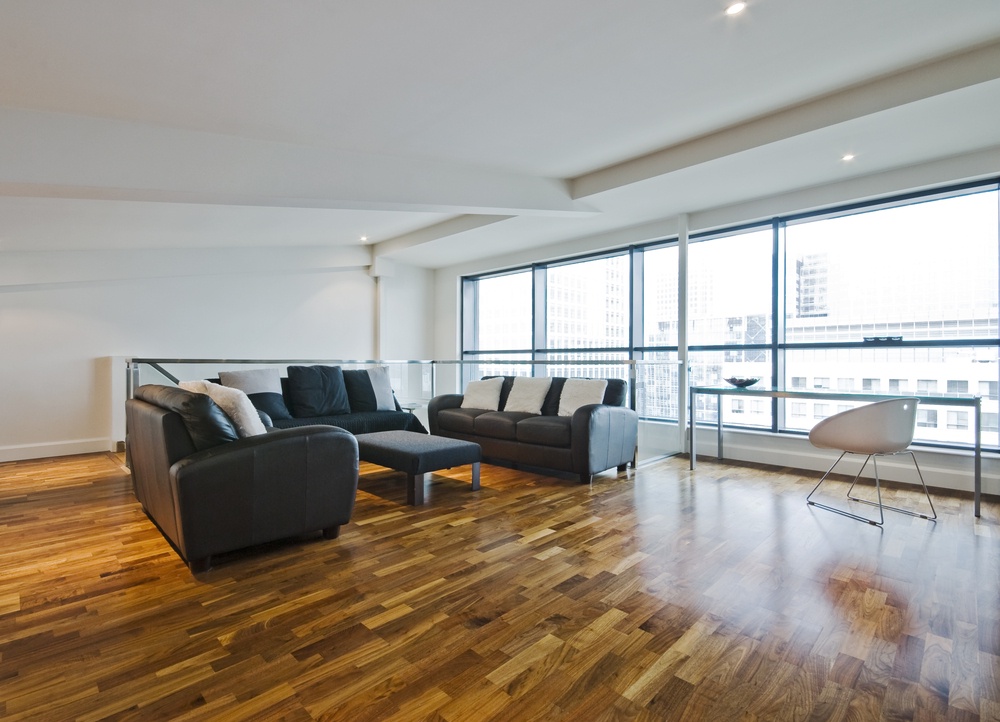Timber Decking vs. Aluminium Decking - A Comprehensive Comparison
When creating an outdoor space that enhances the beauty and functionality of your home, choosing the right decking material is crucial. Two popular services that homeowners often consider are timber decking services and aluminium decking services. Both materials have unique qualities and advantages, but they also differ in aesthetics, durability, maintenance, and cost. In this article, we will compare timber decking and aluminium decking to help you decide on your outdoor project.
Aesthetics:
One of the first things to consider when choosing a decking material is its visual appeal. Timber decking has a warm and natural appearance that adds timeless beauty to any outdoor space. The diverse grain patterns and timber tones may provide a sense of refinement while also blending in with the natural surroundings. Aluminium decking, on the other hand, has a sleek and futuristic appearance that is excellent for contemporary or industrial-style projects. It is available in a variety of finishes and hues, allowing you to personalise your outdoor environment.
Durability:
Durability is essential when buying decking material because outdoor decks are subjected to harsh weather and significant foot activity. Timber decking may survive for many years if properly maintained. However, it is prone to rotting, warping, and insect infestation if not treated or sealed regularly. Aluminium decking, on the other hand, is extremely long-lasting and resistant to decay, corrosion, and insect infestation. It can tolerate extreme weather conditions, including heat, cold, and wetness, without warping or deterioration.
Maintenance:
The level of maintenance required for decking material is an essential consideration for homeowners. Timber decking demands regular maintenance to keep it in good condition and for that timber decking contractors come in handy. This includes sealing, staining, and treating the wood to protect it from moisture, UV rays, and insect damage. It may also require periodic sanding and refinishing to maintain its appearance. Aluminium decking, on the other hand, requires minimal maintenance. It does not need staining, sealing, or painting. Cleaning it with mild soap and water is usually sufficient to keep it looking great.
Longevity:
Another critical factor to consider is the decking material's longevity. Timber decking may endure anywhere from 15 to 30 years if properly cared for. However, due to wear and tear, rotting, or warping, it may need more regular repairs and replacements. Because to its higher resilience, aluminium decking may endure significantly longer, typically reaching 30 years. It is resistant to rot, decay, and termite damage, giving it a substantial advantage over wood in terms of durability.
Environmental Impact:
Those who value sustainability must consider the environmental effect of decking materials. When obtained from properly managed forests and verified by groups such as the Forest Stewardship Council (FSC), timber decking may be an ecologically responsible solution. It's a renewable resource that has a smaller carbon footprint than other building materials. Aluminium decking, on the other hand, necessitates high energy usage throughout the manufacturing process. However, it is highly recyclable and may be reused at the end of its life, making it a more environmentally friendly option.
Cost:
The cost of any home renovation project is frequently a deciding factor. When compared to aluminium decking, timber decking has a cheaper initial cost if you check the price of deck builders in Sydney because Timber decking is a prominent preference of people in Australia due to its climate, environment and requirements. However, it is critical to consider the long-term costs of maintenance, repairs, and replacements. While the initial cost of aluminium decking is greater, it requires substantially less care and has a longer lifespan, which can result in cost savings over time.
Conclusion:
Both wood and aluminium decking have advantages and disadvantages. Timber has a natural and timeless appearance, but it takes more upkeep and has a shorter lifespan. Aluminium has a contemporary appearance, is extremely durable, and requires little maintenance. It has a longer lifetime and is less susceptible to environmental conditions. When deciding between the two, consider your tastes, money, and the unique outdoor space needs. Finally, choosing the correct decking material can assist you in creating a magnificent and useful outdoor space that fits your lifestyle and increases the value of your house.


No comments yet